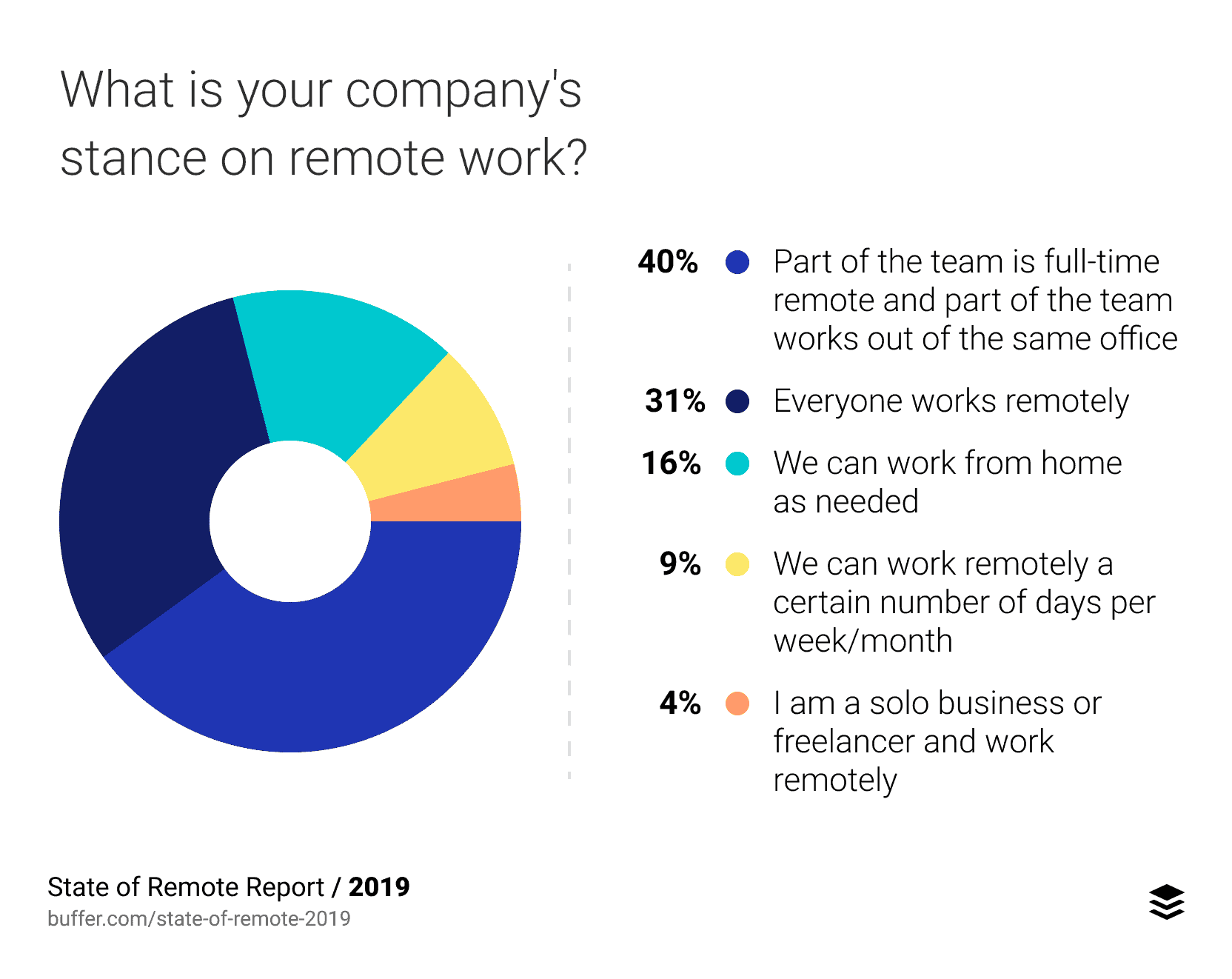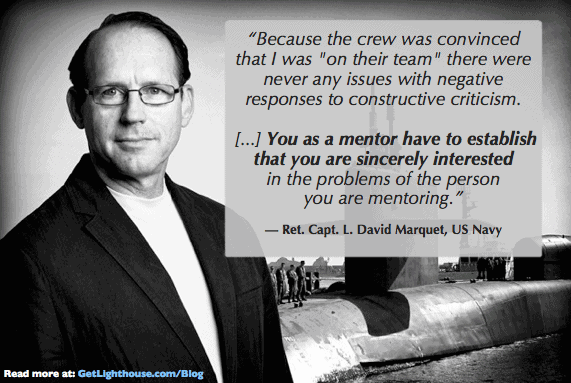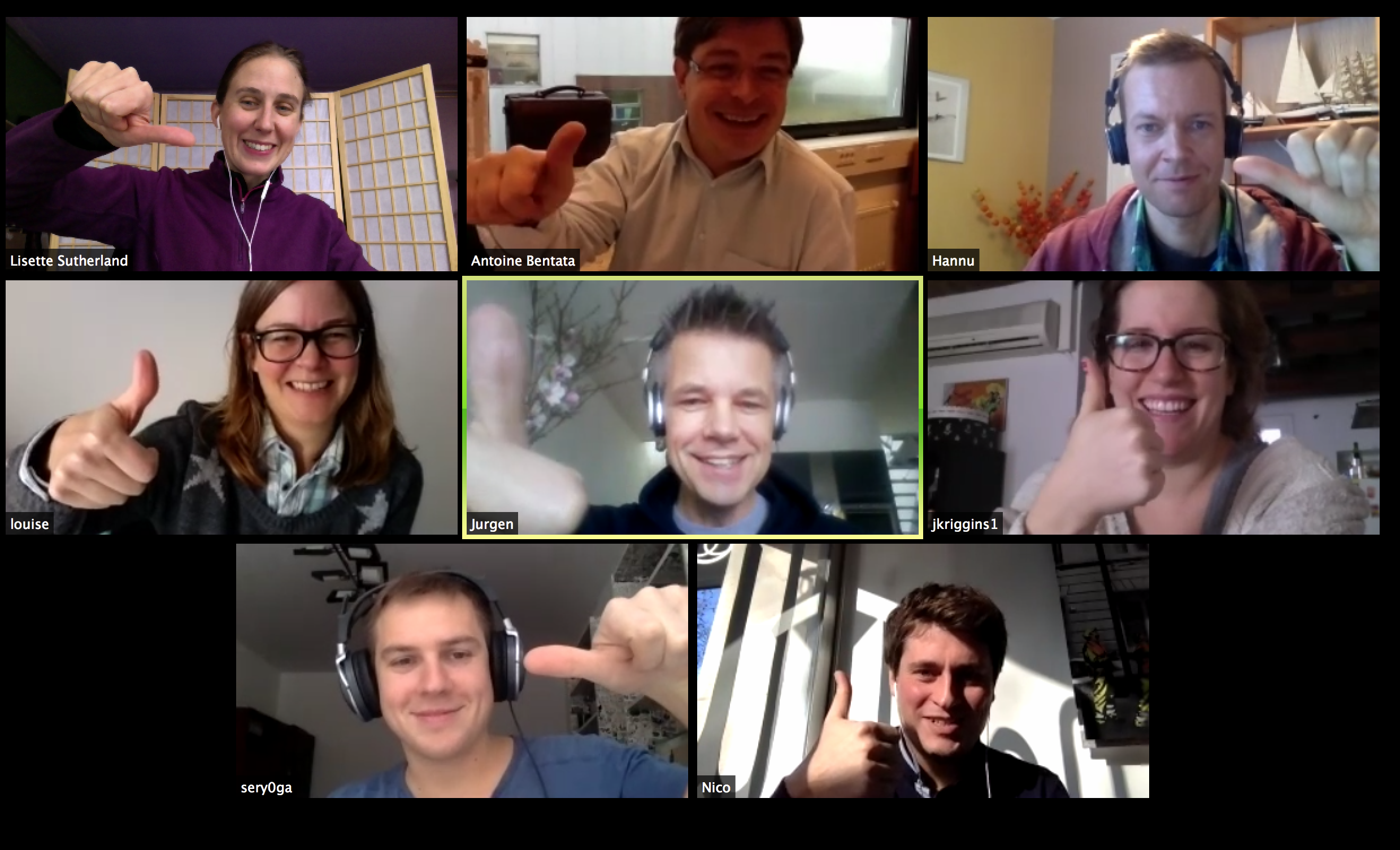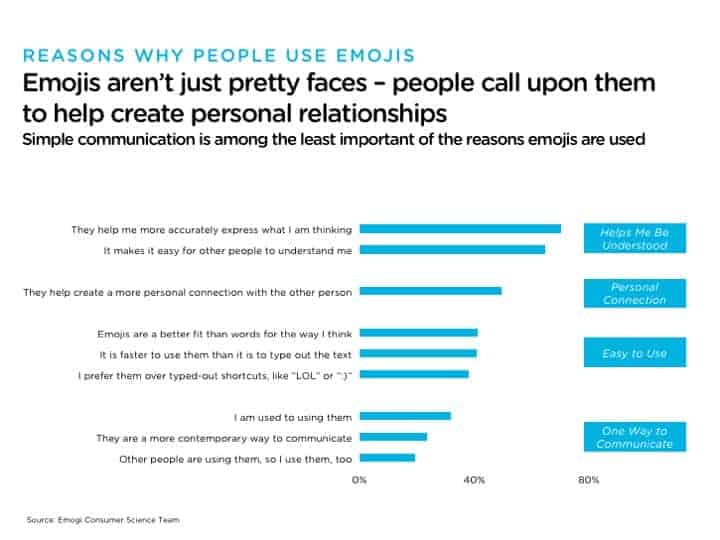Could remote work become the norm?
That might sound crazy, but the data says otherwise. A 2018 report by Global Workplace Analytics found that the remote workforce "has grown by 140% since 2005." That's almost 10x faster growth than the rest of the U.S. workforce.
And a study by social media tool Buffer found that of those who are remote workers, 40% of employees work at companies where part of their team is full-time remote. Meanwhile, another 31% said everyone in their company is remote:

Whether remote work will become the norm in the future or not is unknown. But one thing is for certain: you either already have remote team members, or you likely will soon. So, you need to know how to manage those remote employees if you hope to bring out the best from your team.
However, there are some tricky challenges with leading and managing remote employees.
Building rapport with remote team members is challenging
Building rapport is the act of building mutual trust and understanding. It's the kind of deep connection which stretches beyond work and remains even when one of you leaves the company and moves on.
It's easy to stay laser-focused on getting things done and forget to get to know your employees as people. However, by building rapport, you can improve communication, reduce problems, and help your team become happier and more satisfied with their job.
Gallup's State of the American Manager report found that rapport can even improve employee engagement:

Fortunately, there are many ways to build rapport with your employees. For example, you could:
- Find shared interests
- Share similarities in upbringing, or
- Connect on a deeper level by learning their dreams and goals
The problem is, many strategies for building rapport don't work as well for your team members you don't see in an office every day.
Today, to help you manage your remote team members well, we share some tips you can use that work particularly well with them.
Table of Contents:
- Assume positive intent to build trust
- Use time constraints to ease tension and create predictability
- Encourage sharing between you and your employees
- Create a digital water-cooler
- *Always* use video for calls with remote team members
- Use Gifs and Emojis to create clarity and build rapport through laughter

How to Build Rapport with Your Remote Team Members
How do you build rapport with team members who are hundreds, or thousands, of miles away from you?
Below, we'll break down the core challenges with communicating remotely and what you should know. After that, we'll cover some strategies you can use to build rapport with your remote team members.
First things, first: Understand the core challenges of communicating remotely
The real challenge of building rapport with remote employees is that it's hard to communicate clearly online. To understand why, let's look at the philosophical concept of Hanlon's razor.
Coined by author Robert J. Hanlon, Hanlon's razor is used to remove explanations for human behavior. The concept suggests that we should, "assume ignorance before malice.”
When communicating online, we can't read the non-verbal signs we're programmed to identify when face-to-face. Because of this, we have a habit of assuming the worst of people. That's because we're missing a critical form of context that helps us understand meaning and intent.
As a result, if you lack rapport with someone, when there are communication issues we often think the person dislikes us or our idea.

1) Assume positive intent to build trust
Rather than assume your remote employee dislikes one of your decisions or ideas, first see if there is a miscommunication.
For example, when discussing a project, if there is a disagreement or conflict, have a quick call about it. You might find that there was never any conflict to begin with. Rather, you misunderstood one another and needed to clear things up.
Instead, if you let a situation like that go by without resolution, things only get worse. Eventually, that team member starts to feel that you don't trust or like them.
Trust is the foundation of good rapport. So anything you can do to not only build trust but not break the trust you've built is critical.
2) Use time constraints to ease tension and create predictability
Robin Dreeke, former FBI instructor and author of It's Not All About Me: Ten Techniques for Building Quick Rapport With Anyone, echoes this idea. He says that we're wired to assume that others harbor negative feelings towards us. In fact, it's in our very DNA:
"These concepts are genetically coded in each of us (to varying degrees) because of our ancient survival instincts (ego-centrism) as well as our need to belong to groups or a tribe (tribal mentality for survival and resources).”
The problem is, the signs we look for to diffuse tension are all body language-related: smiling, a tilting of the chin, a good handshake. Unfortunately, none of those are available with a remote team member over email or chat.
What does Dreeke suggest for building rapport that doesn't require physical proximity? Using time constraints on calls.
Dreeke says setting a time limit creates a predictability that can release tension. Your employee has an idea of what to expect from the call. As a result, they're more at ease and can express themselves more clearly.
Think about the difference between a "10 minute catch-up on project X" and "an hour for our 1 on 1 to talk about your career." Both set different expectations for the tone, tenor, and depth of the conversation.

3) Encourage sharing between you and your employees
Whether you have one or a full team of remote employees, it's important to create a positive, shared space.
This is a space where each person should feel comfortable sharing openly. Not only details regarding their work, but also like interests and small talk outside of that.
There are countless tools to do this depending on the size of your team, such as Slack or Google hangouts. You probably already have a favorite. However, the tool doesn't matter as much as what you do with it.
Instead of dropping in and out to get quick status updates, take a moment to wish them a Happy Birthday, ask about a recent trip, or what they have planned for the weekend. Simple gestures like this can go a long way to start building that bridge from distant manager, to someone who they have rapport and trust with.
4) Create a digital water-cooler
In the stereotypical office, there's a water cooler where people hang out during breaks. You can substitute the kitchen, coffee pot, or any number of other locations in your typical office. Regardless of what it is, the people that are there are getting to know each other, building rapport, and commiserating in ways you don't in a standard meeting.
A great example of a creative way of building these kinds of connections for remote team members is how Zapier uses Slack with their employee's favorite music.
Zapier gets their employees premium Spotify accounts and has everyone share what music they're listening to as they work in a special channel. As Zapier CEO and co-founder Wade Foster puts it:
"Having music handy makes it fun to share what everyone is listening to and hear what sort of eclectic tastes everyone has. The #music channel in Slack has favorite tunes that everyone is jamming out to."
Sharing things like musical tastes makes it easy to find out who is an old soul or young at heart, as well as surprise people with what they may actually have in common. You may find out the intern loves the Beatles too, or you both share a love for obscure K-pop music. Never underestimate the power of understanding people beyond their work output.

5) *Always* use video for calls with remote team members
As we talked about earlier, when we communicate online, we're missing context due to a lack of visual clues. This context is vital for effective communication. As a result, building rapport online is more difficult than in-person.
To address this for your remote team members, there are 2 ways to do it. The first is simple, but too often overlooked: video meetings.
A study published in the Journal of Consulting Psychology found that 55 percent of communication is visual. That means you're missing out on most of what someone is trying to say when communicating online or on a phone call.
Think about a recent discussion you had. You likely were paying attention to:
- When they made eye contact or looked away
- Their initial facial reactions to a question you asked
- Feeling their excitement in their face when talking about something they're passionate about
It is significantly harder and sometimes impossible to pick up those same signs for your remote team members without video. Therefore, it's a good rule of thumb to always use video calls like Skype, Zoom, or Hangouts with them.
If you want your best shot at reading situations with your team accurately, and understanding when your remote team members are confused, concerned, or excited, you need to use video.

6) Use Gifs and Emojis to create clarity and build rapport through laughter
Isn't it interesting that remote work took off at the same time as emoji, gifs, and memes?
It turns out, Emoji have been found to improve our ability to communicate emotion as found in a study by TalkTalk Mobile. According to the study:
"72 percent of younger people [18-25] agree that they find it easier to express their emotions using emojis.”
In addition, a report by emoji creator Emogi, found that emoji aren't just silly faces we use for fun. They actually help you express yourself more clearly and more easily create a personal connection with the person we're chatting with:

But do they really help us understand each other better? According to Dr. Owen Churches and his team at Flinders University, they do.
His team studied the effects of emojis used in digital communications. They found that we've grown so accustomed to them that we react to them in exactly the same way as we do a real human facial expression.
Next time you're sending a chat message, think about what emoji will make your intent clear. It may save your team member a lot of unwarranted stress or confusion, and instead get to know your personality better.

Tap into the power of gifs, memes, and laughter to form bonds
Memes and gifs can be used for similar benefits for you and your team as well. While emoji are useful for helping us create a deeper connection by improving our ability to understand and be understood, memes and gifs are often best used to make us laugh or smile.
In a study published in The Royal Society, researchers studied the effects of laughter on pain threshold. They found that laughter not only improves verbal and non-verbal communication, but plays a vital role in group bonding.
A well-timed meme or gif is great for this, and is way easier than coming up with a good joke.
It's also a great way to convey what you may do if you were all together:

Sites like Giphy, and Slack's great Giphy integration, make it easy (we got these in a matter of minutes) to drop in a little comedy and fun to your work. And that, in turn, helps forge bonds more easily with your remote team members.
Building rapport with remote team members takes a different approach
The rules for building rapport with remote employees is different from doing so with those in your office.
You lose the benefits of the non-verbal cues you get when communicating face-to-face, and the ability to easily bond outside of work. However, there's still much you can do to build rapport with remote employees.
Remember to:
- Assume positive intent or miscommunication instead of jumping to any negative conclusions.
- Use time constraints and a clear agenda to create a more relaxed, relationship-building environment
- Create a digital water cooler to share the things that make us human, but don't always relate to projects and tasks
- Always use video calls when you're talking in real time with them
- Use emoji, memes, and gifs to build rapport to convey emotion and create opportunities for laughter
The future is going to include remote team members – but it doesn't have to be less friendly or connected. Use these tips and strategies to create close bonds with your team members. You'll not only help your employees perform at their best, but create valuable, long-term relationships as a result.
Further Reading:
Thinking more about how to build rapport or work with remote team members? Here's where to continue your learning:
- Learn why experts from the workplace, to sports, to the military agree that rapport is critical for leaders.
- No matter your age, gender, or situation, there's ways you can build rapport with just about anyone and we show you how.
Are you growing as a leader? Are you building the skills you need?
Whether your team is in office with you or remote, Lighthouse Lessons can teach you the skills you need to better lead, motivate, and grow your team. Let us help you navigate the unique challenges of being a leader like we helped Daniel by learning more and signing up here.





